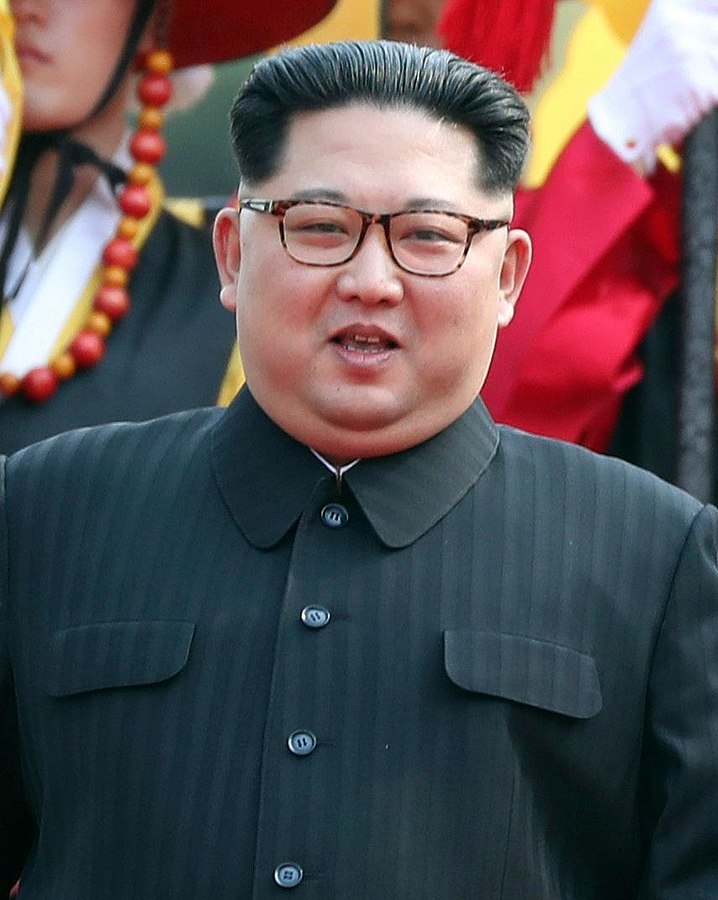
HANOI, Vietnam — North Koreans have been getting a quicker, more polished look at their leader as he meets with President Donald Trump in Vietnam in their second summit. But one thing hasn’t changed at all — North Korea’s media have one story to tell, and it’s always about the infallibility of the glorious leader.
Even before his first handshake with Trump, photos of leader Kim Jong Un were featured Wednesday on the front page of the ruling party’s daily newspaper, Rodong Sinmun. The news of his travels was also broadcast on nationwide television.
There appears to be an effort to present the news in a somewhat more visually appealing manner.
Man-in-the-street interviews, which have often been carefully staged and done in several takes to make sure they come out just right, are looking more casual. One woman was interviewed while riding a trolley, another at her station in a factory in a soft light.
What the people have to say, however, is as predictable as ever.
Nearly every interviewee speaks of their ardent wish for Kim to return home safely, of their intense longing for his guidance and how he has inspired them to work ever harder for the glory of their nation.
The news component has been fairly cautious.
There is little or no significant news about what the two leaders discuss. Denuclearization is almost never mentioned, nor is the debate in the United States about the merits of meeting with Kim at all.
The vast majority of North Korean people do not have access to foreign media, and the domestic media are all state-controlled.
But the regime is well aware that the population is not entirely isolated from outside media. Even officially, some foreign books, films and television shows are allowed, and can be quite popular. Harry Potter books, for example, and Bollywood films.
The media have under Kim made a visible effort to boost the level of their own productions at least in part to compete with such pressures, and the quicker, slicker news coverage reflects that.
To get a feel for just how big a gap remains between their approach to the news and that in many other nations, one needs only to look to South Korea.
Since her appearance as Kim Jong Un’s de facto stand-in at last year’s Winter Olympics in South Korea, Kim Yo Jong, Kim’s younger sister, has been the darling of South Korean media.
During Kim’s Hanoi trip, South Korean broadcasters and newspapers have fixated on the “shadow assistance” she provides to her brother — holding his crystal ashtray during a pre-dawn smoke break, scurrying around a Vietnamese train station to ensure that her brother is shown in the perfect setting, and carrying the bouquets of flowers her brother hands to her.
The Seoul-based Kookmin Ilbo newspaper said Kim Yo Jong was handling an “extreme job” in which she singlehandedly serves as her brother’s “strategist, secretary and little sister.” Kim Yo Jong’s “airtight assistance ahead of the U.S.-North Korea summit in Vietnam as stood out,” it wrote in an article subtitled “Pens, letters and ashtrays: Turn your head and she’s there.”
In North Korea’s media, she is hardly mentioned.
Even that she is the leader’s sister isn’t something the North’s media have reported.
The leader is who counts.
——
Associated Press writer Kim Tong-hyung in Seoul, South Korea, contributed to this report. Talmadge is the AP’s Pyongyang bureau chief. Follow him on Twitter and Instagram: ?EricTalmadge